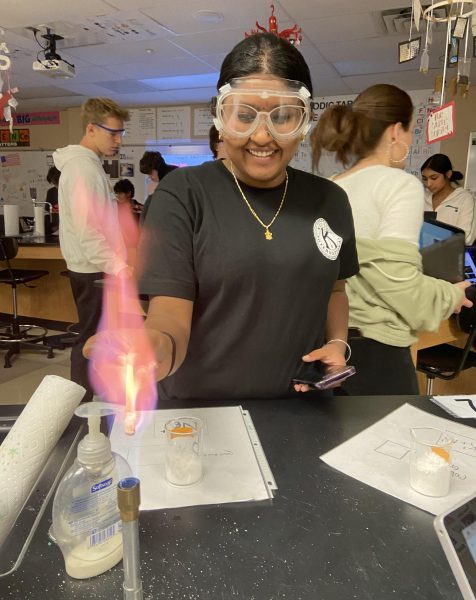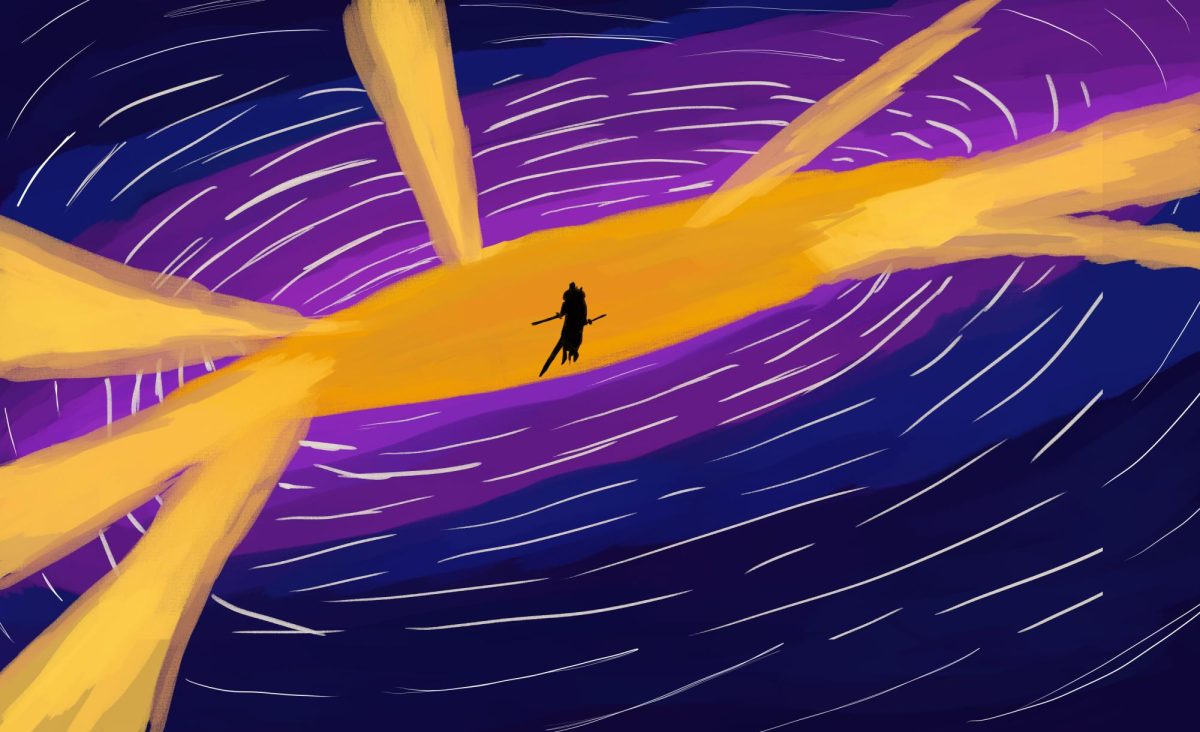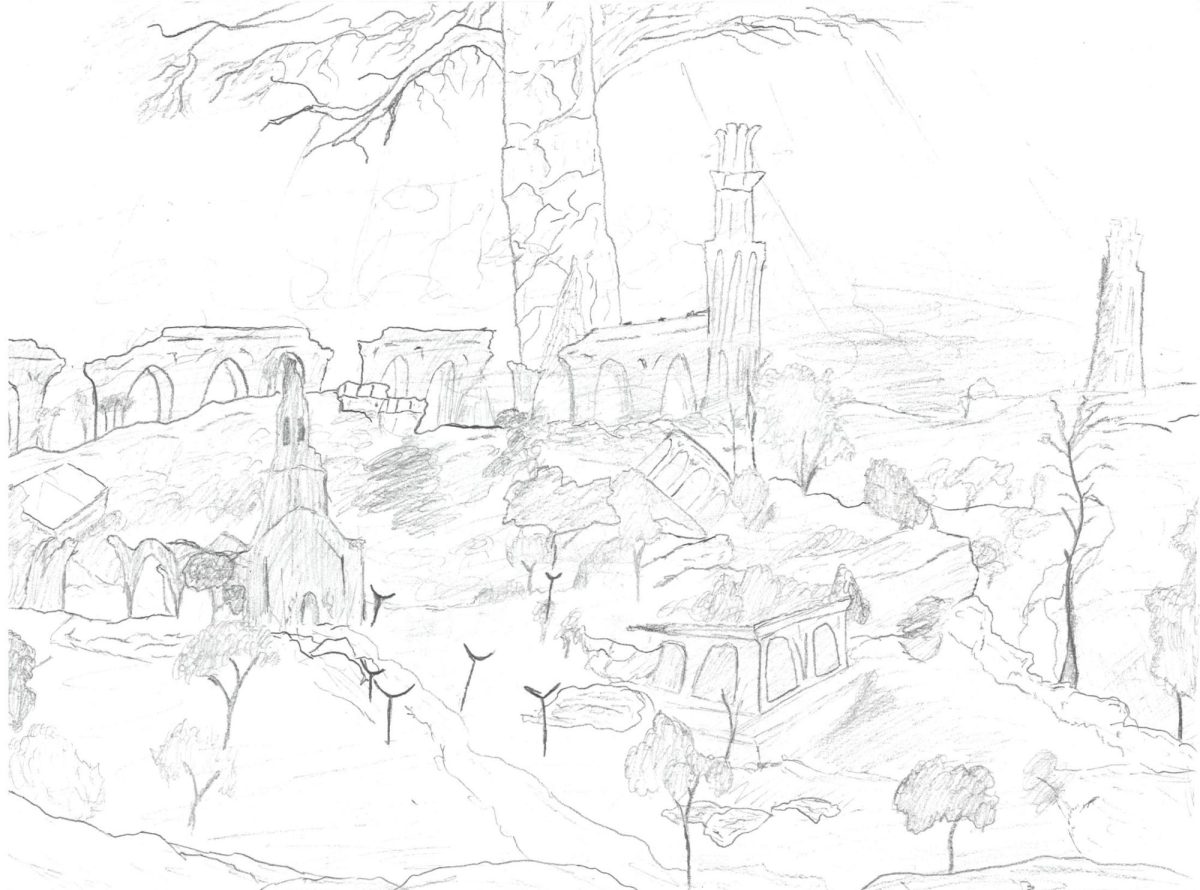What words come to your mind when you think of science? Calculations, logic, measurements, labs, information.
What about art? Abstract, philosophical, figurative, creative, perspective.
Science and art seem to be very different in an educational setting. But, deep down, they allow students to explore and understand the world around them. The two just work in different ways. However, some believe that there should be priorities in the school system, and science or art could be more important to a certain student, depending on their interests and the path they are following.
“I feel like they’re pretty equal. But, I think science classes are maybe prioritized more than art classes. I can see having a career in something related to art, but not my science classes,” Natalie Patterson ‘26 said.
Several different classes fall into the “Art” category. Some examples of this include orchestra, band, choir, drama, ceramics, painting, journalism and many more. In my
opinion, art classes help students develop a great number of skills that can all help them glide through life’s challenges. But, classes related to art can be viewed as much easier courses as compared to science classes.
Some take a ceramics class for an “easy A,” but little do some know that art is equally important to science. Art teaches us to see and to understand and interpret things differently than other people. Science can answer how we stay alive. Blood carries oxygen, which we need to survive, to our cells.
But how about this answer: How do we stay alive? We stay alive by relying on people we’re close with for support, and by relying on the things that make us happy. Art provides answers, even if they aren’t the most logical and factual.

There are many different science courses. Biology, chemistry, physics, biological research, forensic science. These classes are pathways to understanding how the things around us work. Scientific knowledge can save lives, prevent devastations, and save our planet. I believe that science classes give students a better understanding of the world around us.
For example, through biological research, scientists can develop antibiotics and stop dangerous diseases from spreading through the world. Science relies on facts and logic. Someone can have a hypothesis, but in the end they have to know the facts.
“I definitely say science is more important because you can use it in the real world, but I personally do art for fun,” Bailey Schulz ‘26 said.
The school provides all of these courses so that students can follow their individual paths, and figure out what they want to do. It really is just a personal preference on what you would like to pursue after graduating. I feel as though the educational system provides students with the opportunity to decide their own path by equally prioritizing classes centered around more art-related subjects and more science-related subjects.
I feel as though art and science should be equally prioritized in an educational setting because we need people with skills in both to help our society run smoothly.






![Lesbian Visibility Day is April 26, and it’s a holiday to celebrate the lesbian community of the world. Lesbian Visibility day was established in 2008 by many queer activists and organizations who sought to raise more awareness for lesbian history and culture. “So this is why during Lesbian Visibility [Day] we celebrate and center all lesbians, both cis and trans, while also showing solidarity with all LGBTQ+ women and nonbinary people,” Linda Reily, in an article written by her, said.](https://rockmediaonline.org/wp-content/uploads/2025/04/Lesbian-Visibility-day.jpeg)

